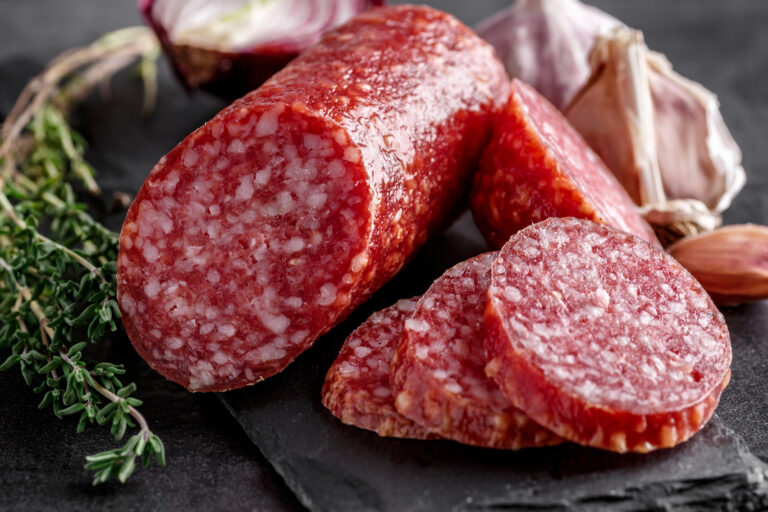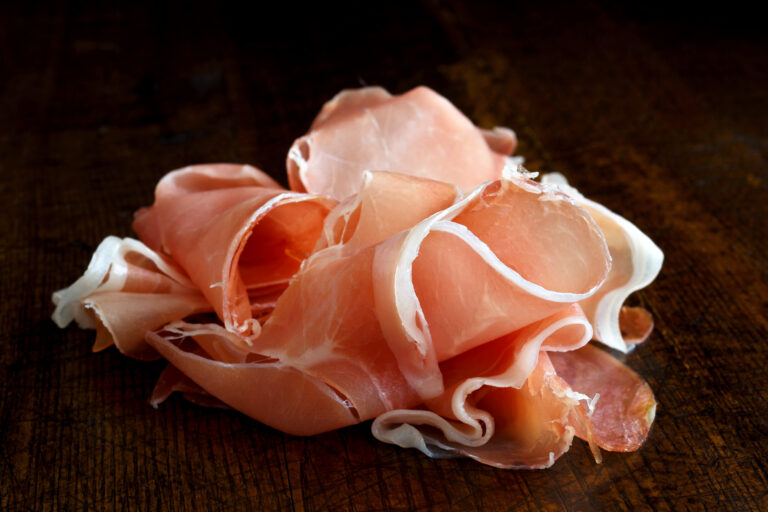3 Water Method Bacon Techniques for Perfectly Crispy and Flavorful Results
Cook bacon in a pan with water for juicy yet crispy results. Three methods explored – full water, less water, and classic skillet-frying.

Cooking bacon to perfection can be achieved through various techniques, including the increasingly popular water method. This approach helps render fat and maintain texture. We’ll explore three water-based methods on a hot skillet, offering essential tips for consistently delicious bacon.
Disclosure: As an Amazon Associate, this site earns from qualifying purchases. Thank you!
1. Full Water Method
In the video, Waltons explains –
Waltons
- Cooking bacon in a pan with water reduces splattering and makes cleanup easier.
- The water prevents fat from hitting the hot pan surface and splattering.
- Put the bacon in the pan first before adding water.
- Sprinkle seasoning on the bacon to add back the saltiness lost from cooking in water.
- Completely cover the pan bottom with water for less cooking time.
- Start cooking at a high temp (450°F) then reduce to 380°F.
- Thicker bacon slices work better than thin ones.
- Add salt-based seasoning to retain bacon saltiness.
- Sweet & sassy apple seasoning works well.
- The water method allows the bacon to get crispy while retaining more flavor than frying.
The full water method is a popular technique championed by the likes of Dawn Perry, Real Simple’s food director, who believes that cooking bacon in water can result in pieces that are tender on the inside yet crisp on the outside. But how does this work? It’s surprisingly simple. The process begins by placing your bacon strips in a non-stick pan and then covering them entirely with water.
Once you’ve got your bacon submerged, place the pan on medium heat and allow the water to slowly heat up. As the water heats, the bacon fat starts to render into the water. This fat-rendering process ensures that the bacon cooks evenly, reducing the risk of uncooked patches or overly crispy areas.
As the water continues to heat, it will eventually start to evaporate. As it does, the bacon begins to sizzle and fry in its own rendered fat. This is where the magic happens as your bacon transitions from being boiled to being fried, leading to a unique texture that’s both crispy and tender.
While the full water method can yield fantastic results, it does come with a few drawbacks. The most significant of which is the longer cooking duration. Depending on the heat level and the amount of water used, it can take anywhere from 15 to 20 minutes for all the water to evaporate. This is considerably longer than traditional pan-frying methods, making it less suitable for those in a rush to cook their breakfast.
Another potential issue lies in the fact that the bacon is cooked at medium heat for a prolonged period. If not closely monitored, there is a risk that the bacon could become overly crispy or even slightly burnt. However, with careful timing and attention, these issues can be avoided, leading to perfectly cooked bacon every time.
2. Less Water Method

For those who want to enjoy the benefits of the water method without the longer cooking time, the less water method provides a viable alternative. This method involves adding just enough water to cover the bottom of the pan rather than fully submerging the bacon.
By using less water, you speed up the evaporation process significantly. Just like the full water method, you start by placing your bacon strips into a non-stick skillet and then adding water. However, instead of submerging the bacon, you simply add enough water to cover the bottom of the pan. Once again, you place your skillet on medium heat and allow the water to slowly heat up and evaporate.
The main advantage of the less water method is its quickness. By using less water, the evaporation time is reduced, meaning your bacon will be ready to eat in a much shorter time. Typically, it takes around 10 minutes for the water to fully evaporate when using this method, cutting the cooking time in half compared to the full water method.
This quicker cooking time does not compromise the quality of your bacon. Just like with the full water method, the fat is rendered out of the bacon as the water heats up, and the bacon begins to fry in its own fat once the water has evaporated. This leads to a crispy yet tender piece of bacon that’s packed full of flavor.
3. On the Stove, in a Hot Skillet

While the water methods offer interesting alternatives to traditional bacon frying, sometimes you just can’t beat the classic method of cooking bacon directly on a hot skillet. The process is simple: preheat a large nonstick skillet over medium/high heat, place your bacon in the pan ensuring they don’t overlap, and then cook for your desired amount of time.
For a perfectly cooked piece of bacon, aim for 4-5 minutes on each side. If you prefer your bacon more on the rubbery side, stick to 2-3 minutes per side. For those who love their bacon extra crispy, 5-6 minutes on each side will do the trick.
The main benefit of pan-frying bacon in a hot skillet is control. By cooking the bacon directly on the pan, you can closely monitor its progress and adjust the heat as necessary to achieve your desired texture. Plus, this method is quick and easy, making it a great choice for busy mornings.
When it comes to results, pan-fried bacon is known for its irresistible crispiness. Direct contact with the hot pan causes the bacon to crisp up quickly, resulting in a crunchy exterior that pairs perfectly with the naturally tender interior of the bacon. Just remember to flip your bacon midway through cooking to ensure even crisping on both sides.
Whether you opt for the full water method, the less water method, or the classic skillet-frying approach, these techniques offer different ways to achieve deliciously cooked bacon every time. Remember to consider the thickness of your bacon cuts, as thicker cuts will generally produce chewier results, while thinner cuts will be crisper.
With these tips and techniques at your disposal, you’re well on your way to mastering the art of cooking bacon and enjoying a perfectly cooked and flavorful breakfast staple. Experiment with different methods and cooking times to find your preferred level of crispiness and tenderness. And most importantly, enjoy the delicious aroma and taste of freshly cooked bacon. Happy cooking!






